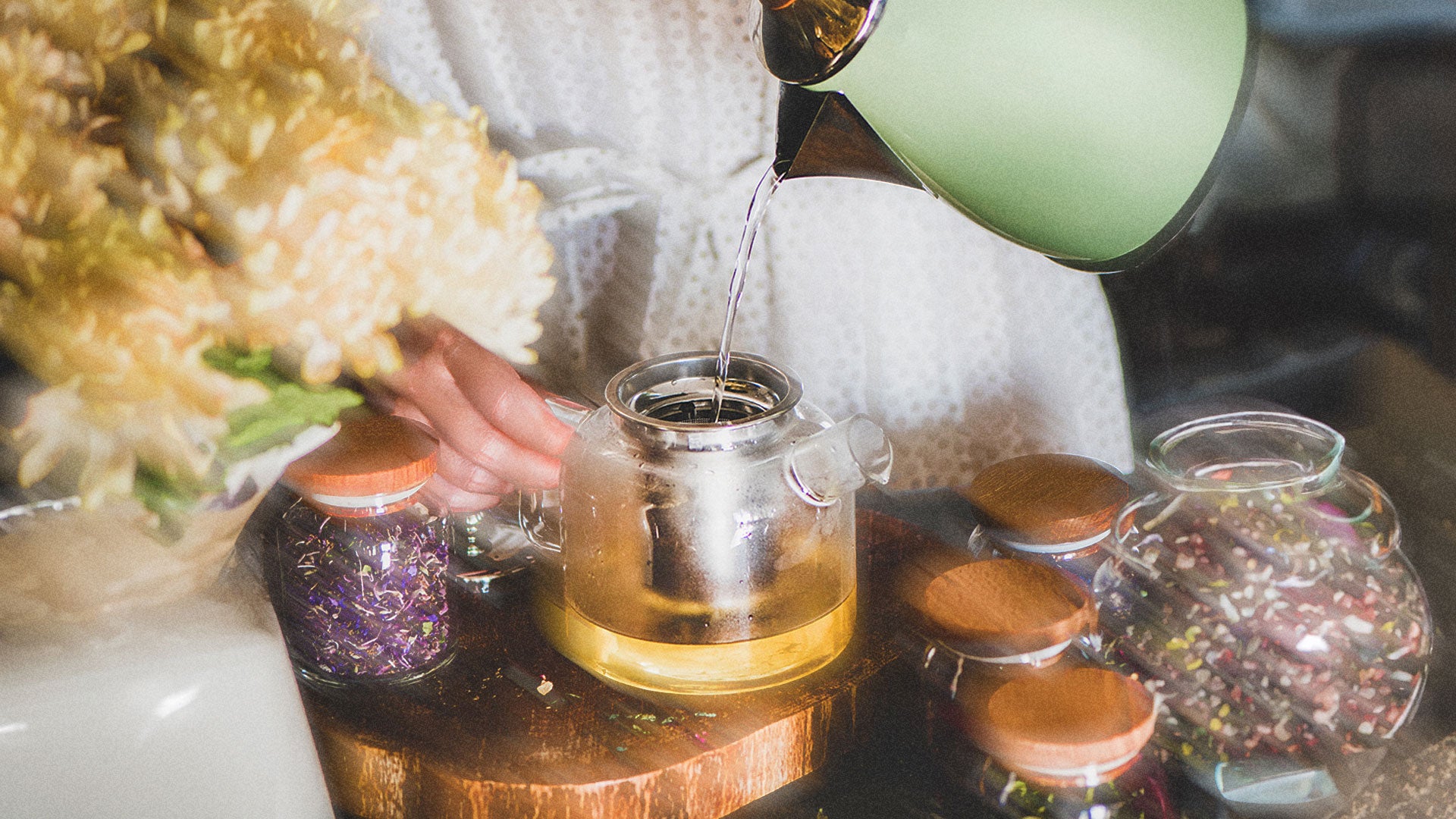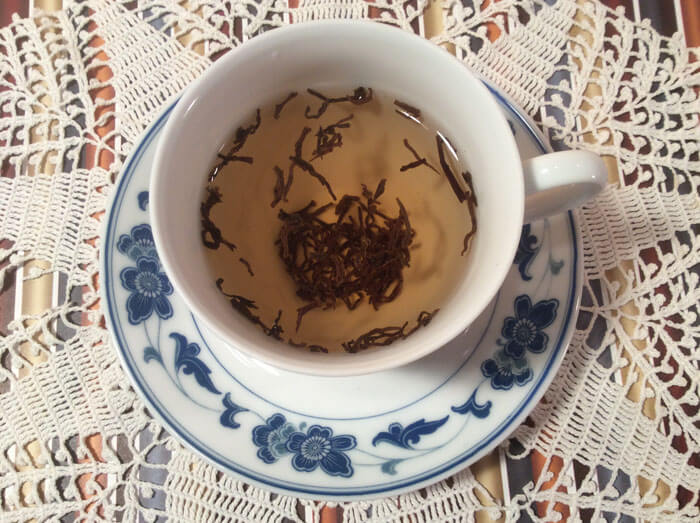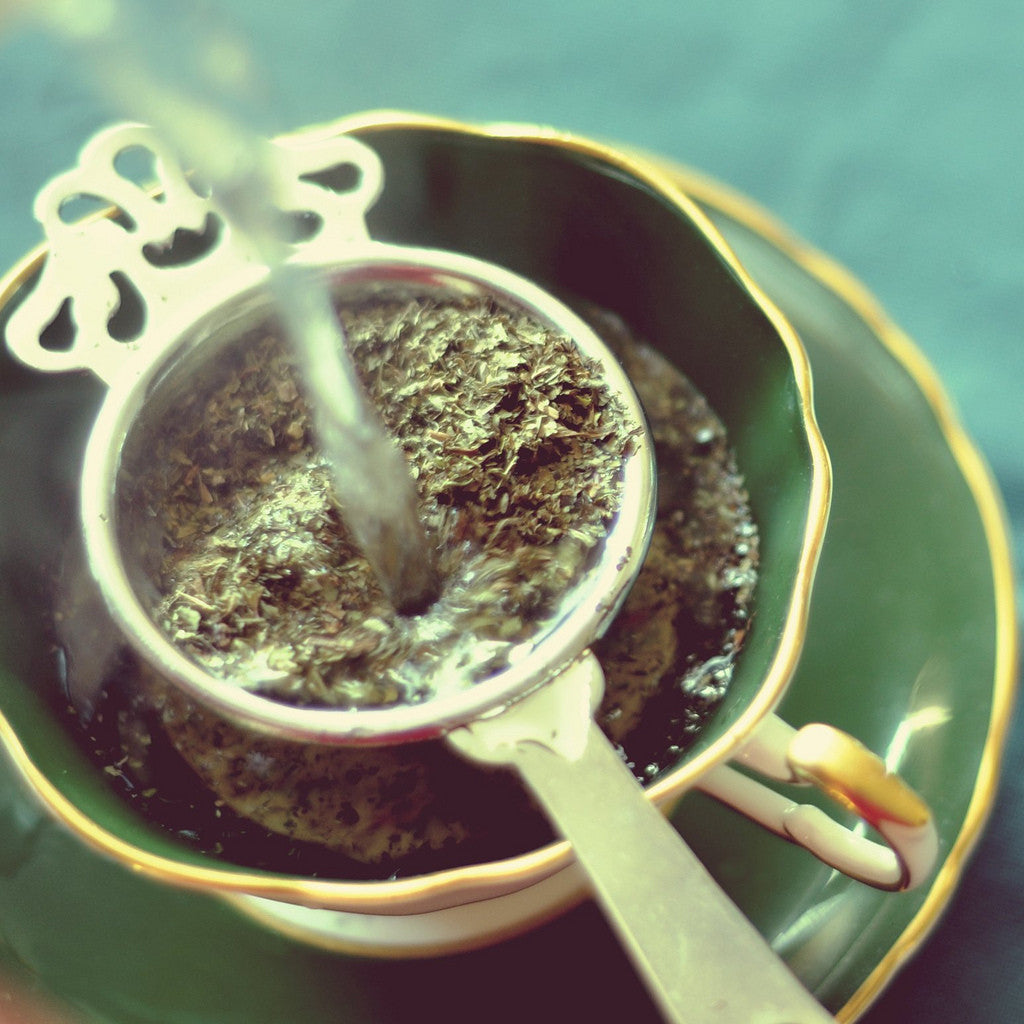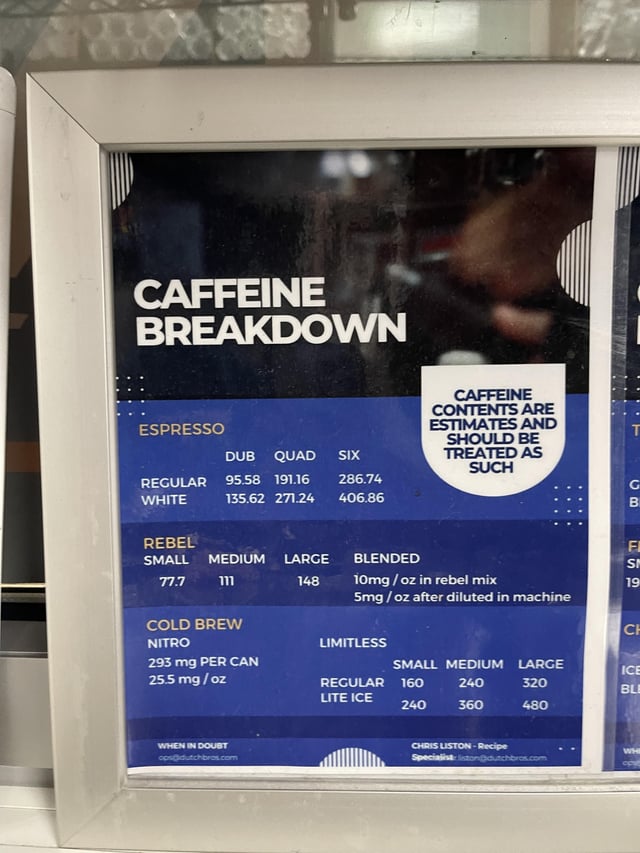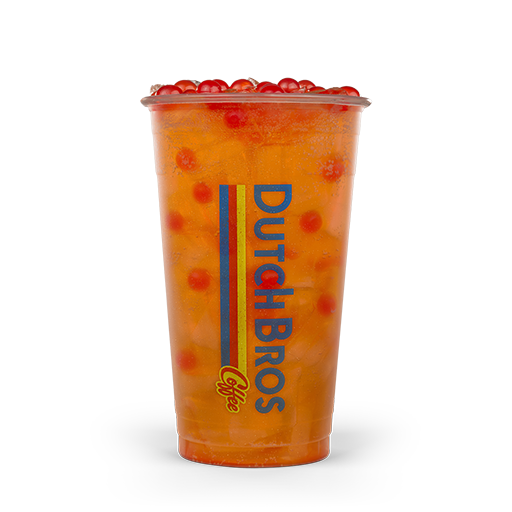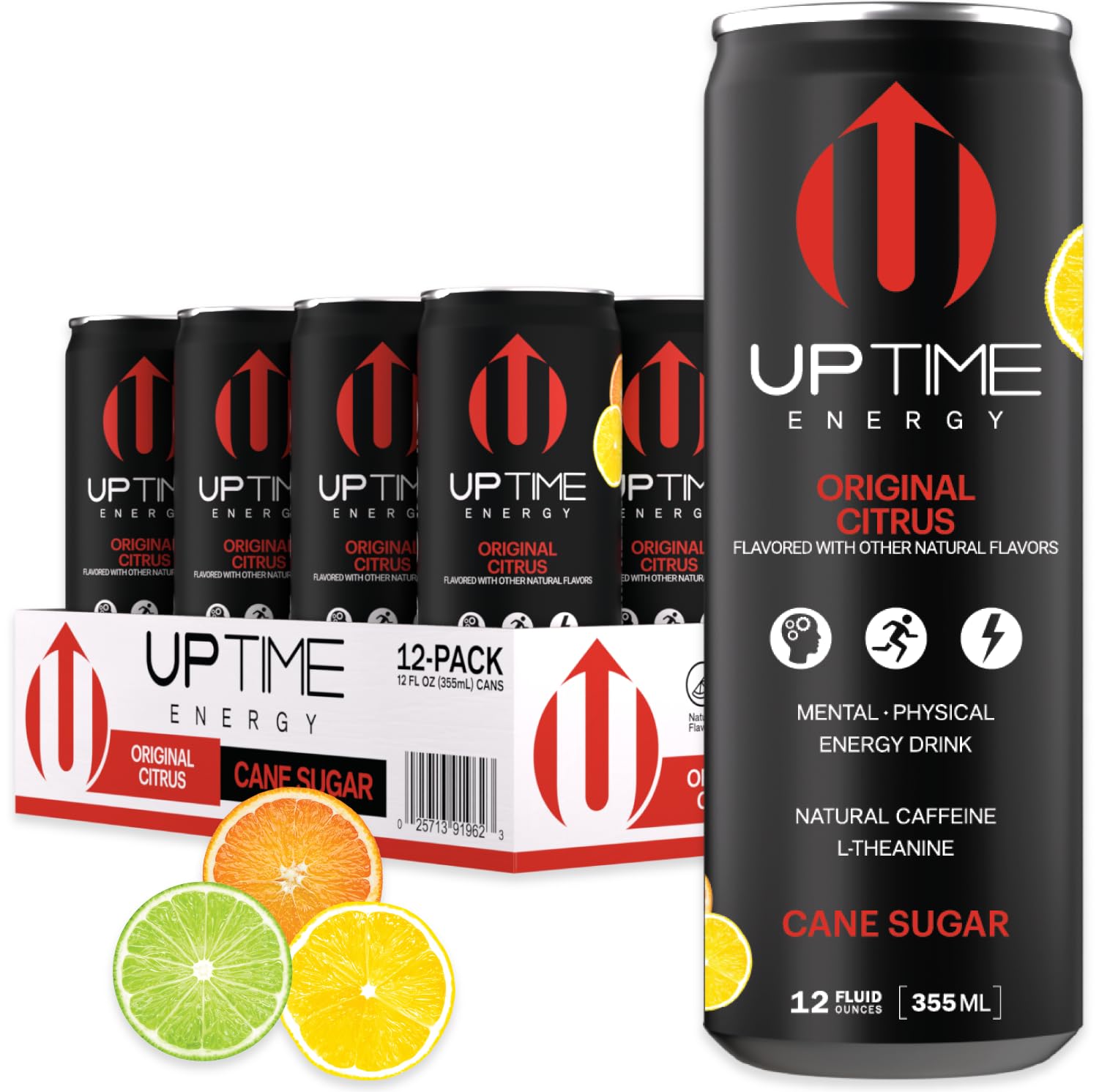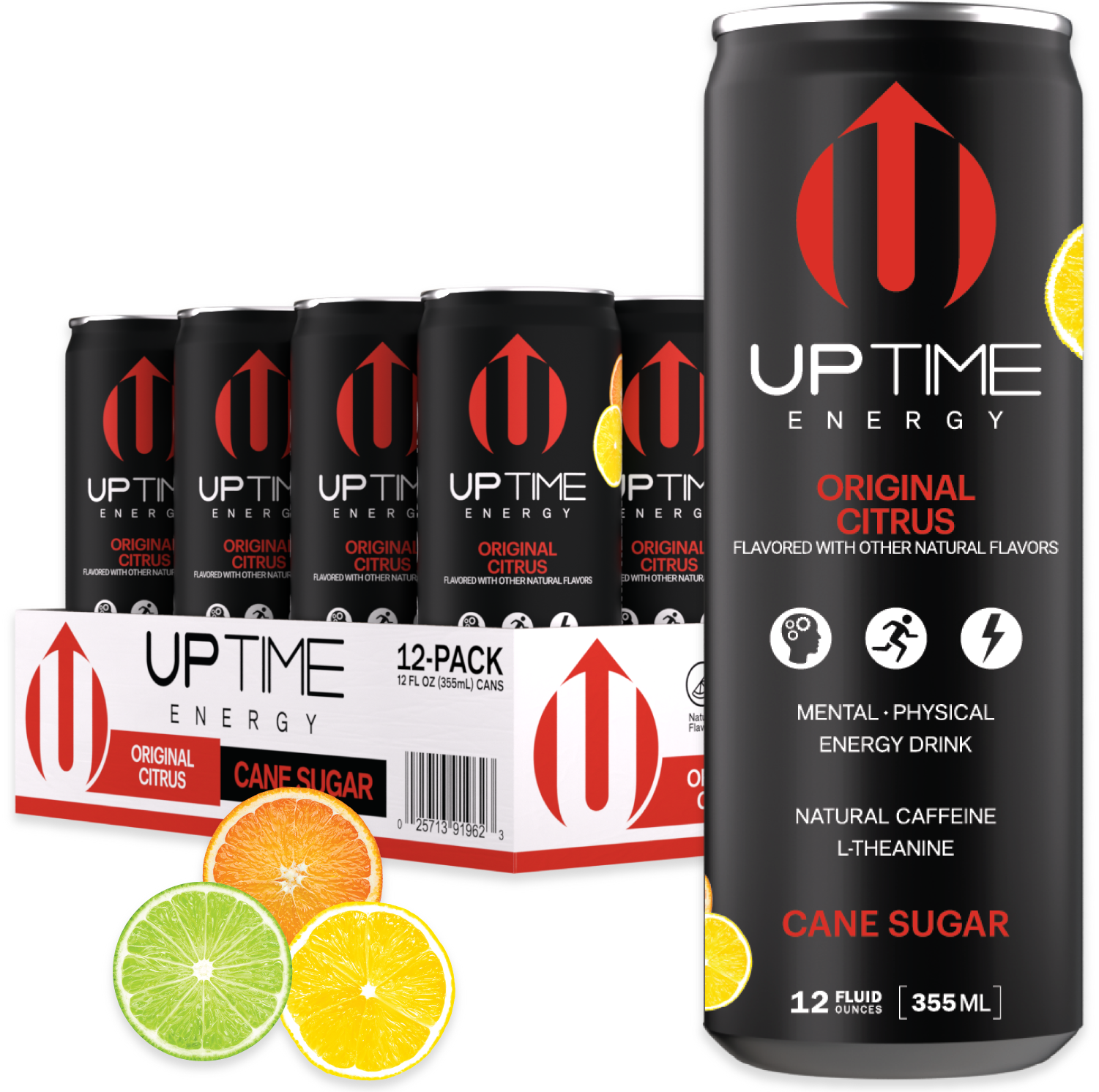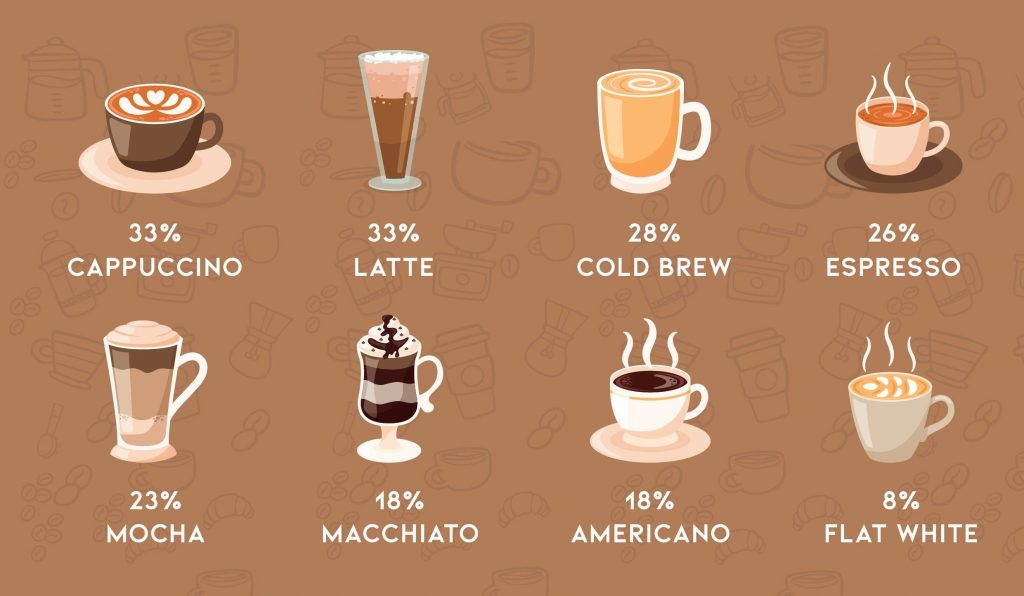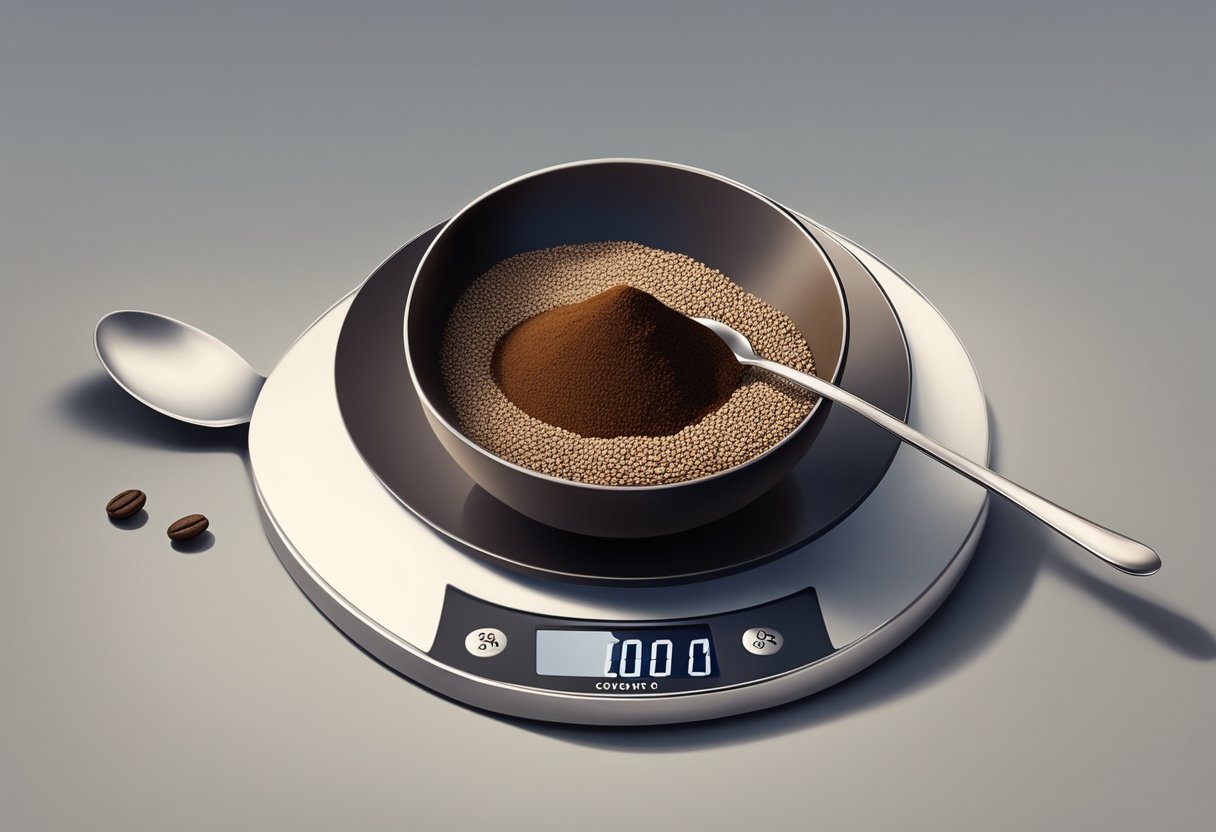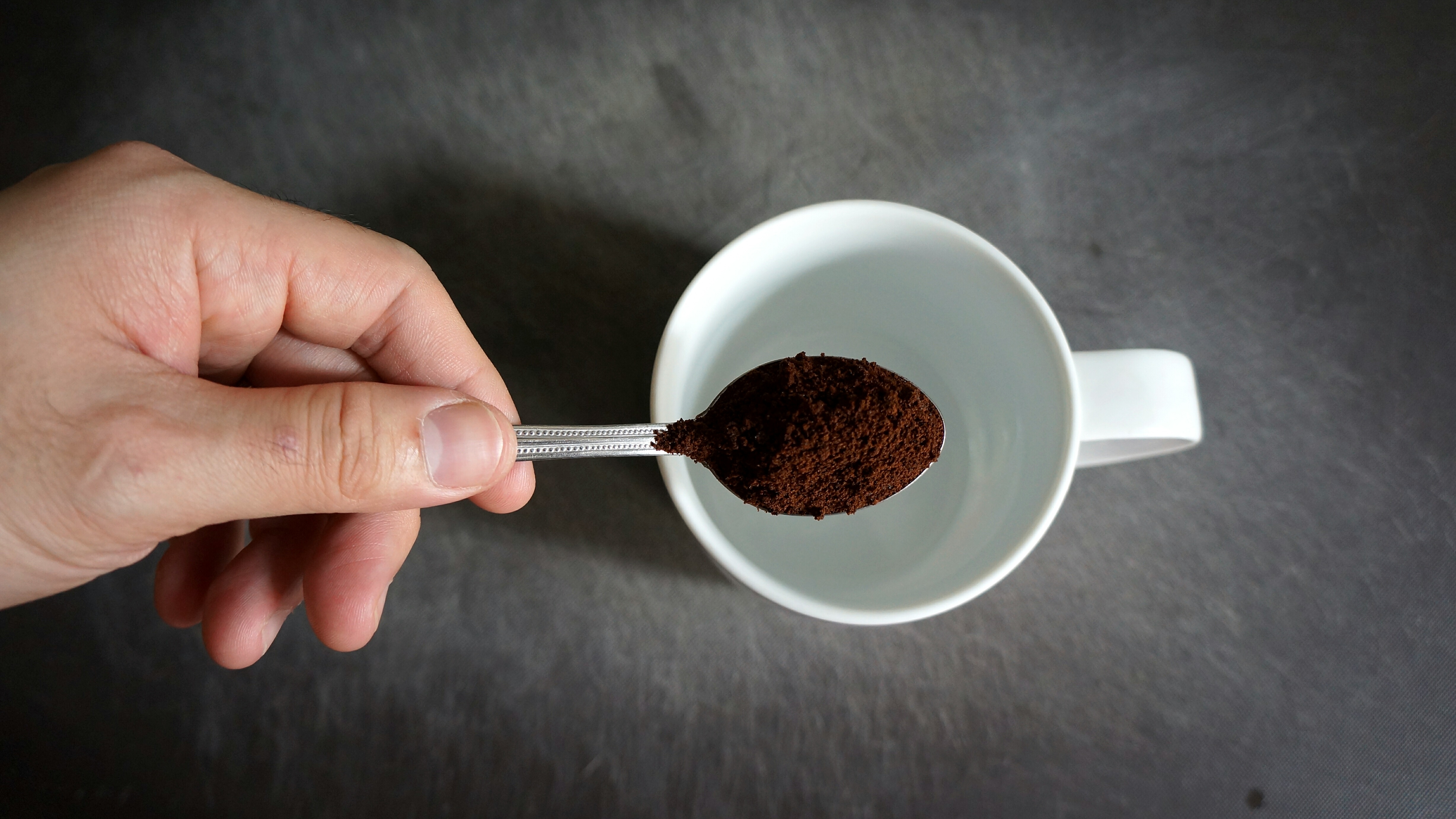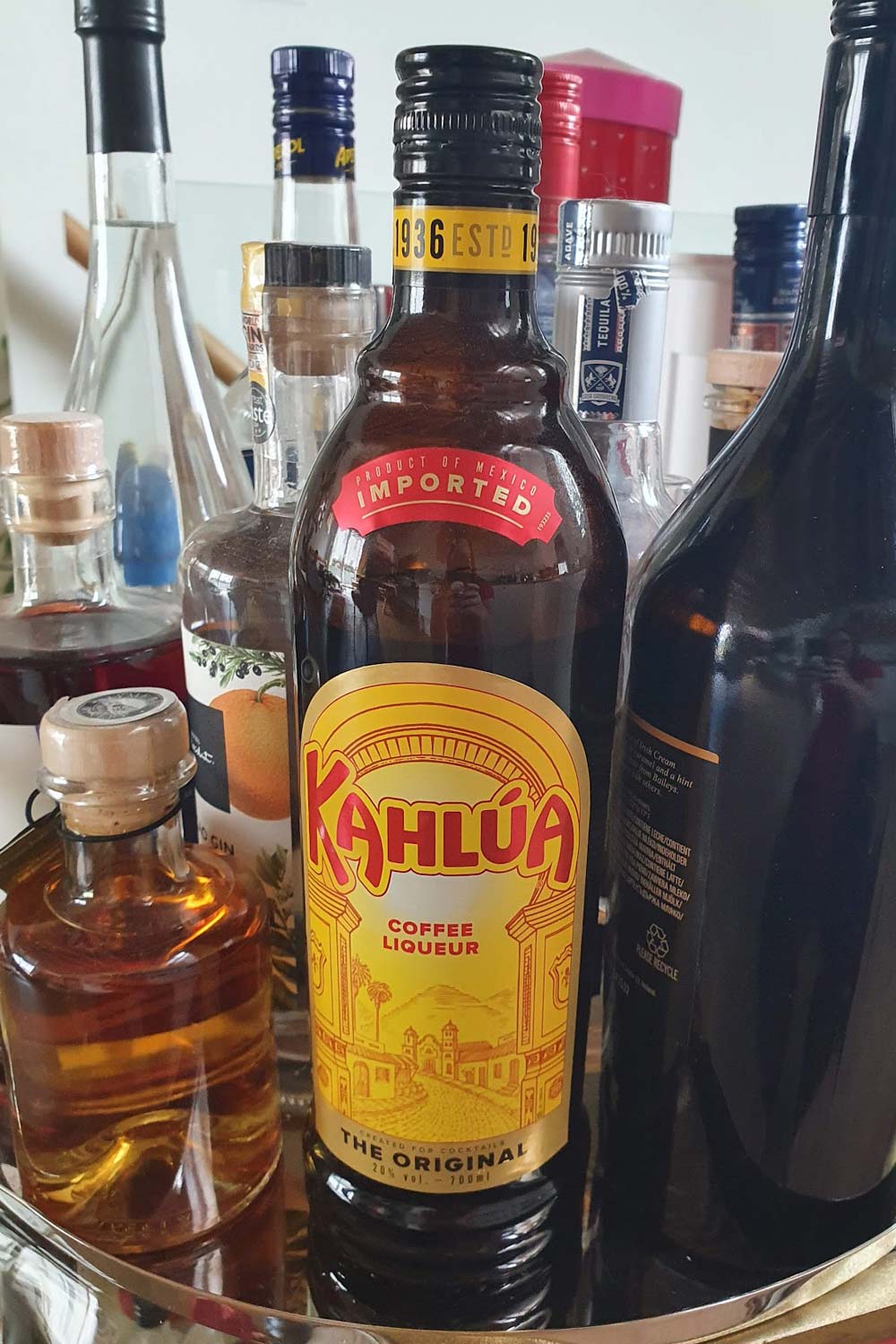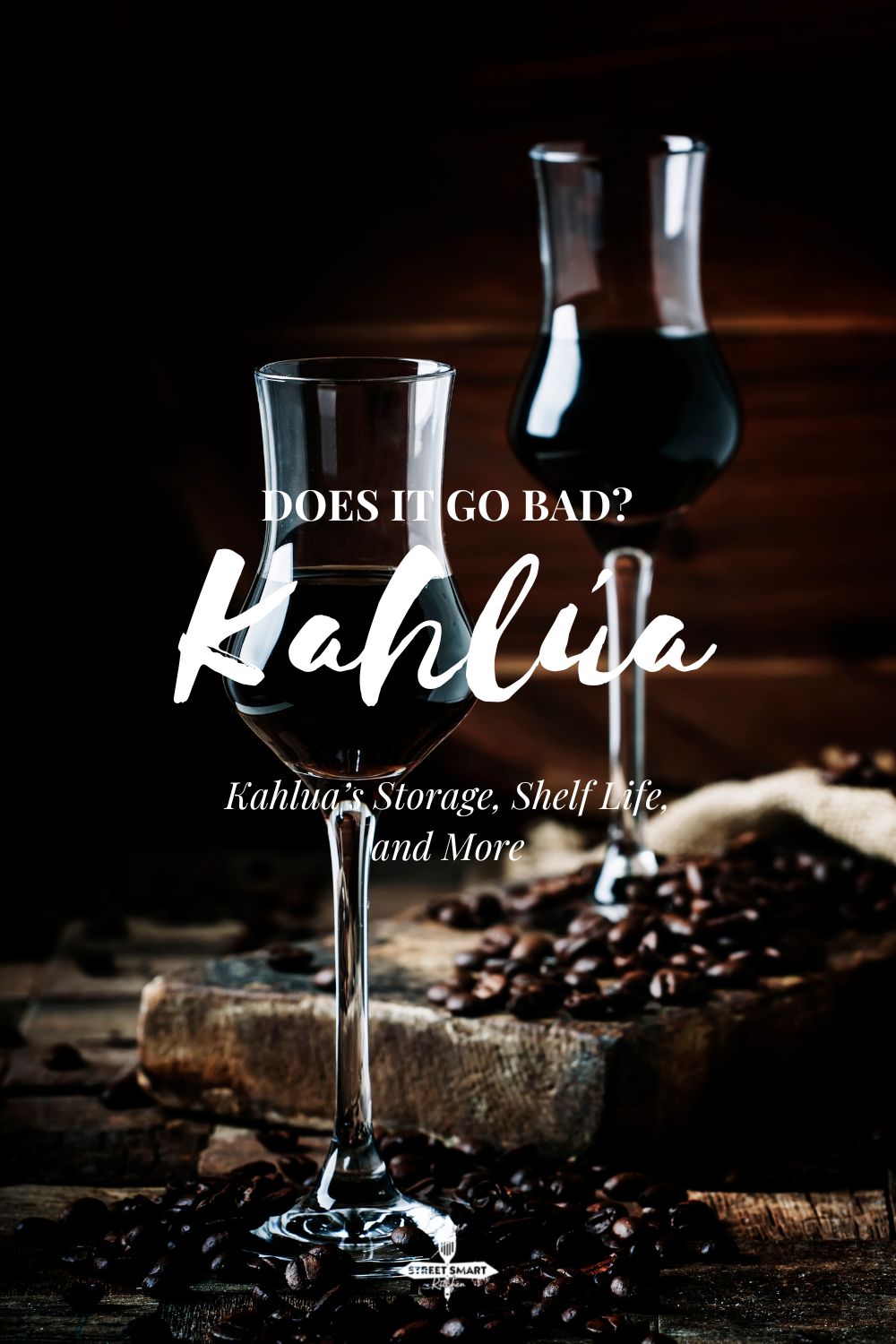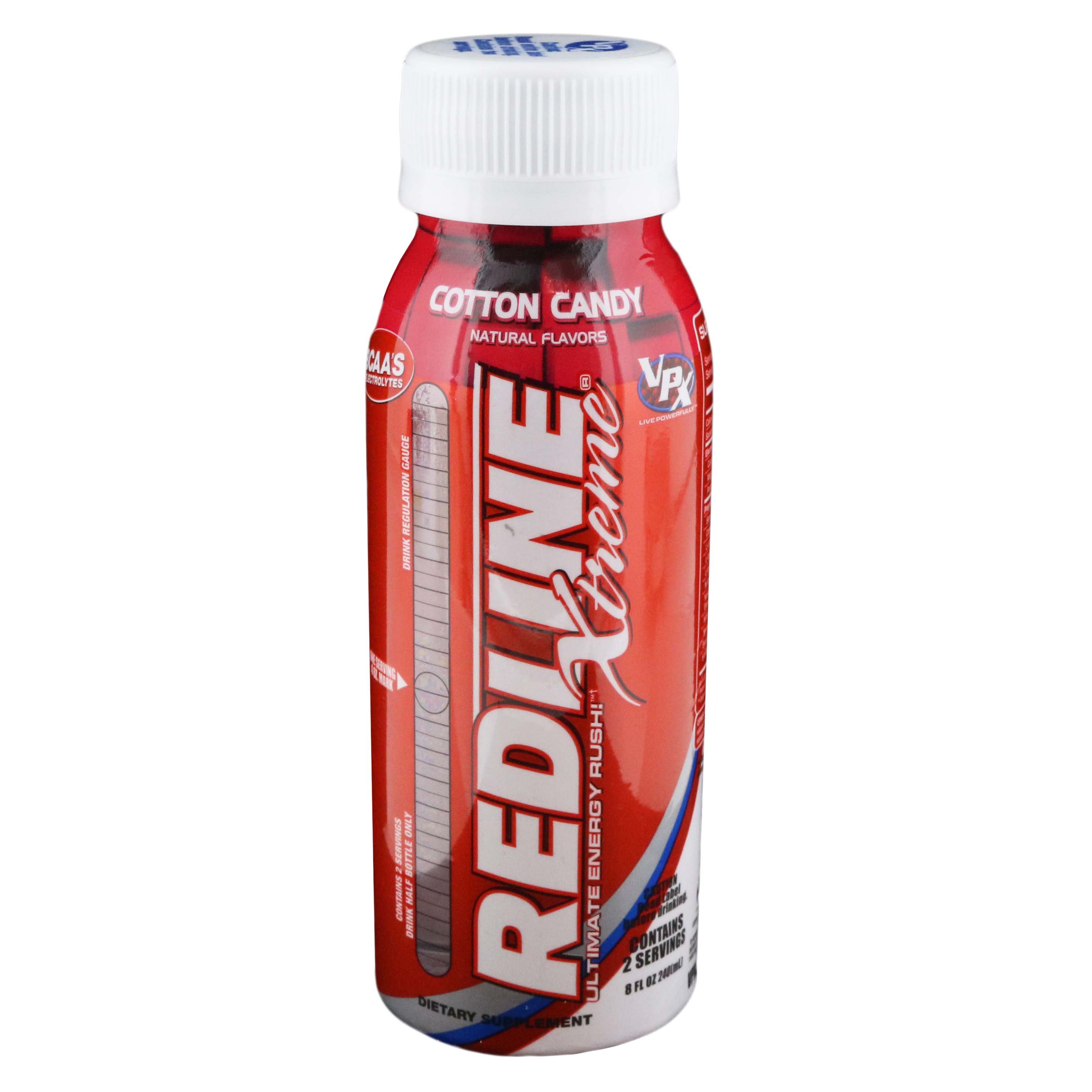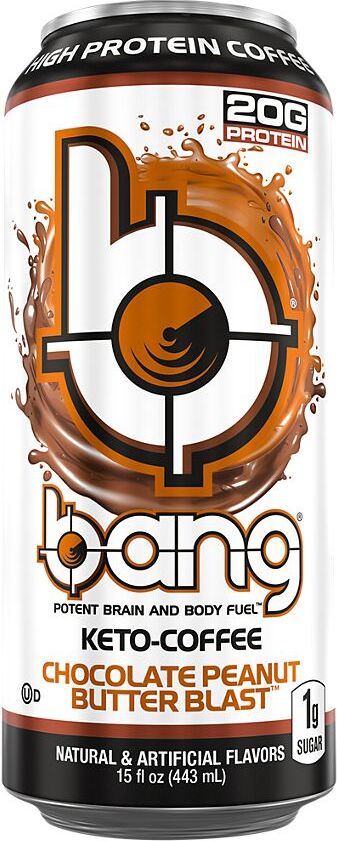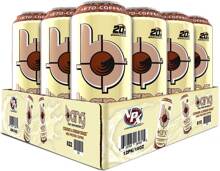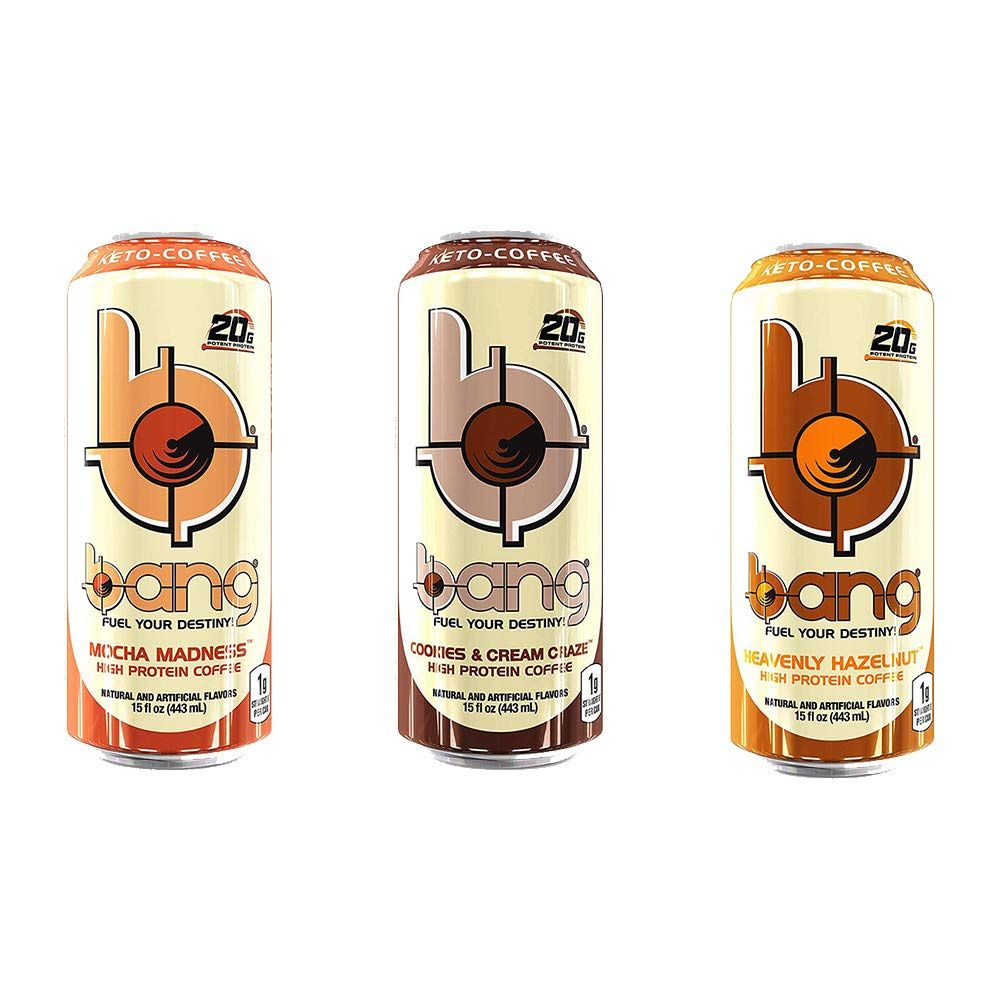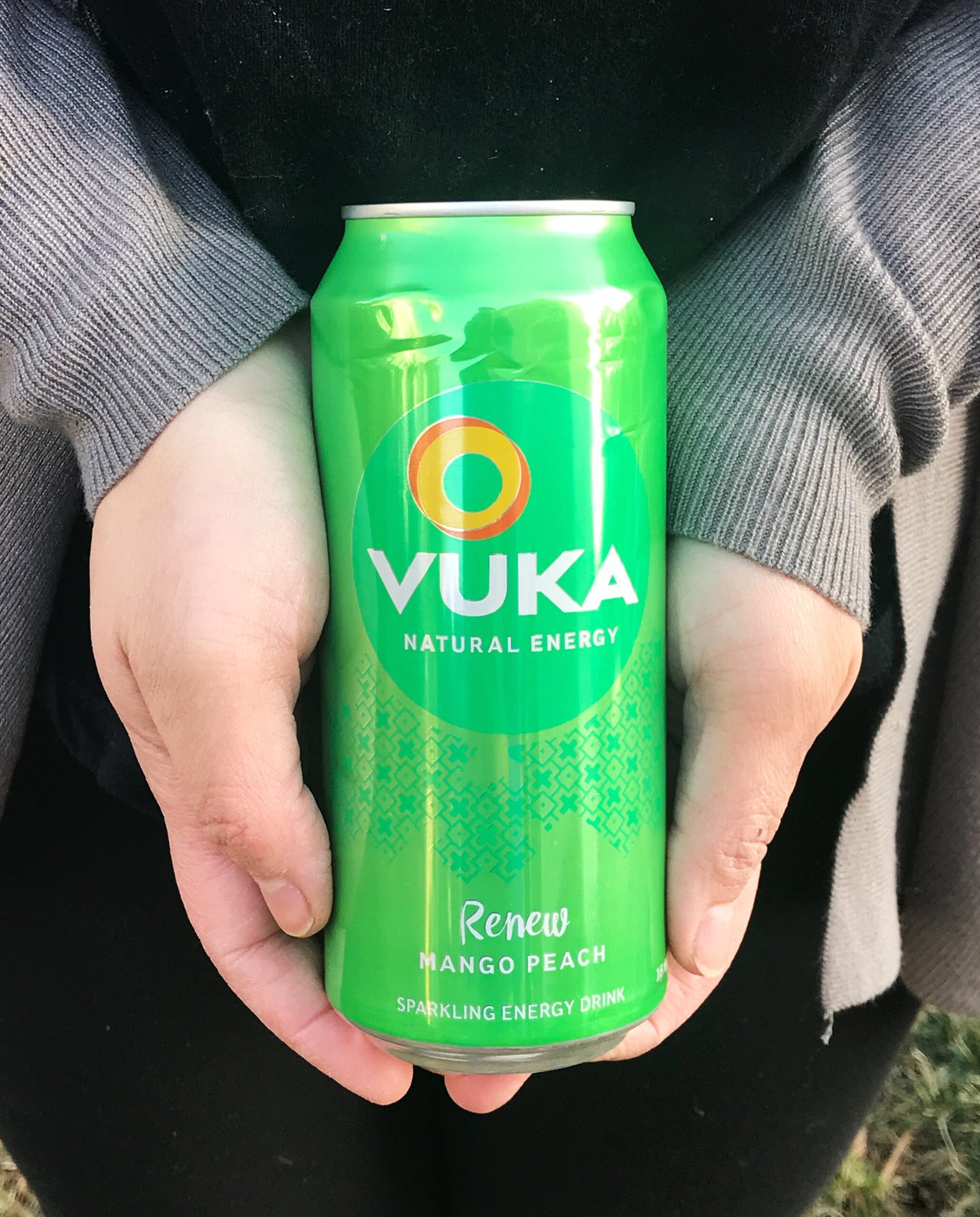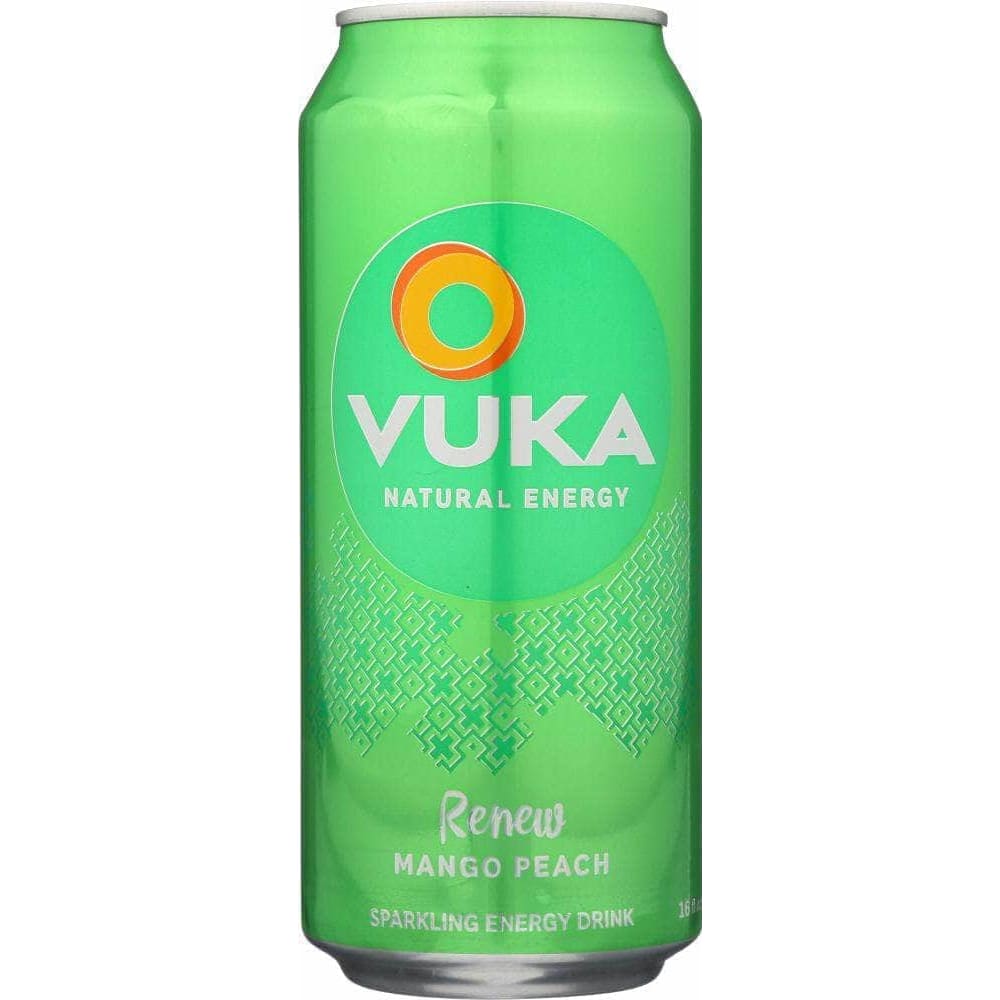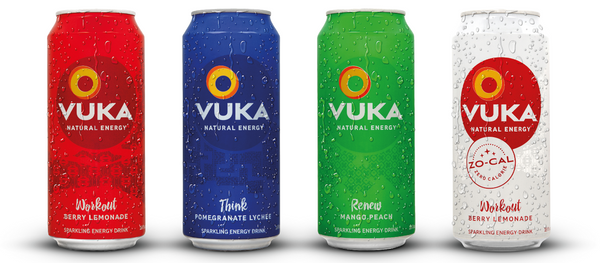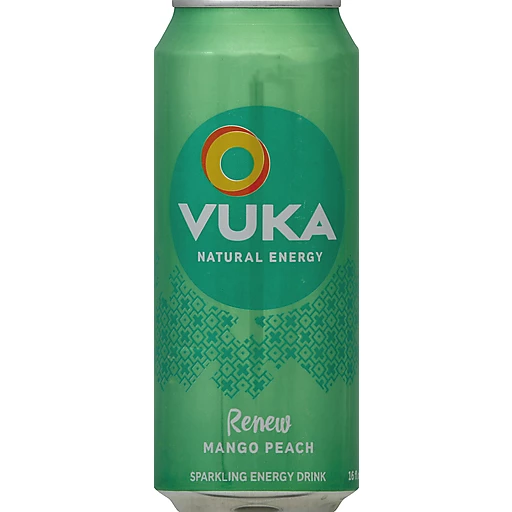You can usually start eating solid food about a week after tooth extraction. This time frame allows your gums to heal and reduces the risk of complications.
Tooth extraction can be a daunting experience, especially when thinking about post-op care. One common concern is when you can enjoy your favorite foods again. The recovery process is crucial to avoid infection and ensure proper healing. Each person’s healing journey can vary, but there are general guidelines to follow.
In this blog, we will explore when it is safe to reintroduce solid foods into your diet, what types of foods to start with, and tips for a smooth recovery. By following these guidelines, you can ensure a quicker return to your regular eating habits.
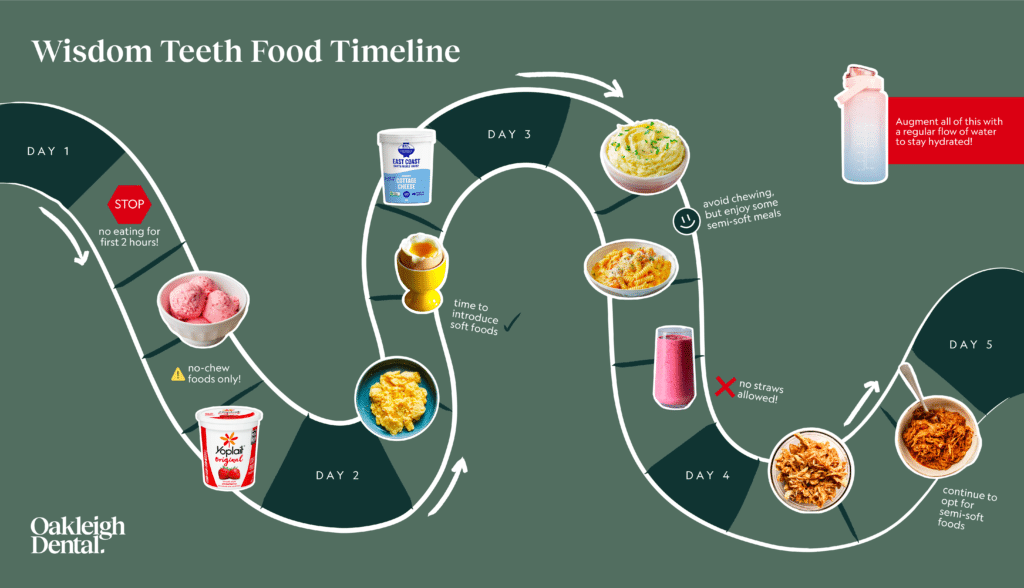
Credit: oakleighdental.com.au
First 24 Hours
The first 24 hours after a tooth extraction are crucial for your recovery. During this period, the body begins to form a blood clot at the extraction site. Proper care helps prevent complications and promotes faster healing. Eating solid food too soon can disrupt this process. So, what should you know about eating in the first 24 hours?
Immediate Aftercare
Right after the extraction, your dentist will place a gauze pad over the area. Bite down gently to reduce bleeding and help form a clot. Keep the gauze in place for about 30 to 45 minutes. Replace it if bleeding continues. Avoid rinsing your mouth or using a straw. These actions can dislodge the clot and cause a painful condition called dry socket.
Steer clear of hard, crunchy, or chewy foods in the first 24 hours. These foods can irritate the extraction site and slow down healing. Avoid hot foods and drinks as well. They can dissolve the clot and cause bleeding.
Stay away from spicy foods. They can irritate the gum tissue and cause discomfort. Acidic foods and drinks, like citrus fruits and juices, should also be avoided. They can sting and delay the healing process.
Soft Foods To Start
After a tooth extraction, your mouth needs time to heal. During this period, eating solid food can be challenging. Starting with soft foods helps to protect the extraction site and ensures you get the necessary nutrients for recovery.
Recommended Options
Soft foods are easier to chew and swallow. Here are some recommended options:
- Mashed potatoes
- Scrambled eggs
- Yogurt
- Applesauce
- Oatmeal
- Cream soups
- Smoothies
These foods require minimal chewing and are gentle on the extraction site.
Nutritional Considerations
While soft foods are important, so are their nutritional values. Here are some points to consider:
- Protein: Helps tissue repair. Choose scrambled eggs or yogurt.
- Vitamins: Promote healing. Include mashed potatoes and applesauce.
- Hydration: Keep hydrated with smoothies and soups.
Remember to avoid very hot or spicy foods as they can irritate the healing area. Soft foods should be easy to eat and provide balanced nutrition.
Transitioning To Solid Foods
After a tooth extraction, your mouth needs time to heal. Transitioning to solid foods is a crucial step in your recovery. Eating the right foods at the right time can help speed up your healing process. It can also prevent complications like dry socket and infections.
Signs You’re Ready
Not sure when to start eating solid foods? Look for these signs:
- Minimal pain or discomfort in the extraction area.
- No significant swelling or bleeding.
- Ability to open your mouth easily.
- Feeling comfortable chewing soft foods.
If you experience these signs, you might be ready to transition. But always consult your dentist first.
Best Practices
Here are some best practices to follow when you start eating solid foods:
- Start Slowly: Begin with soft foods like mashed potatoes, scrambled eggs, and yogurt.
- Chew Gently: Use the side of your mouth opposite to the extraction site.
- Avoid Hard Foods: Stay away from nuts, chips, and crunchy vegetables.
- Drink Plenty of Water: It helps keep your mouth clean and speeds up healing.
- Maintain Oral Hygiene: Rinse your mouth gently with warm salt water after meals.
To help you plan your meals, here’s a table of foods to eat and avoid:
| Foods to Eat | Foods to Avoid |
|---|---|
| Mashed potatoes | Nuts |
| Scrambled eggs | Chips |
| Yogurt | Crunchy vegetables |
| Soft fruits (e.g., bananas) | Hard candies |
| Soups (not too hot) | Spicy foods |
By following these best practices, you can make your transition smoother. It also helps ensure your mouth heals properly. Remember, always listen to your body and consult your dentist if unsure.
Foods To Avoid
After a tooth extraction, it’s crucial to be mindful of what you eat. Certain foods can cause complications and delay the healing process. Knowing which foods to avoid will help you recover faster and with less discomfort.
Hard And Crunchy Foods
Hard and crunchy foods can be harmful after a tooth extraction. Chips, nuts, and popcorn can irritate the extraction site. These foods can cause pain and may even dislodge the blood clot. This can lead to a painful condition called dry socket.
Spicy And Acidic Foods
Spicy foods can irritate the gums and the extraction site. Foods like hot sauce, peppers, and salsa should be avoided. Acidic foods like tomatoes and citrus fruits can also cause irritation. These foods can slow down the healing process and increase discomfort.
Tips For Eating Safely
Eating safely after a tooth extraction is crucial. You need to protect the healing area. You also want to avoid any complications. Following a few simple tips can help you eat safely. This will ensure a smooth recovery.
Chewing Techniques
Chew on the opposite side of your mouth. This prevents food from getting into the extraction site. Take small bites. This reduces the risk of biting your cheek or tongue. Avoid hard or crunchy foods. These can irritate the healing area. Soft foods like mashed potatoes or yogurt are best.
Avoiding Dry Socket
Dry socket is a common complication after tooth extraction. It happens when the blood clot gets dislodged. To avoid dry socket, do not use straws. Sucking can remove the clot. Avoid smoking. The chemicals in cigarettes can delay healing. Rinse your mouth gently with salt water. This keeps the area clean without disturbing the clot.
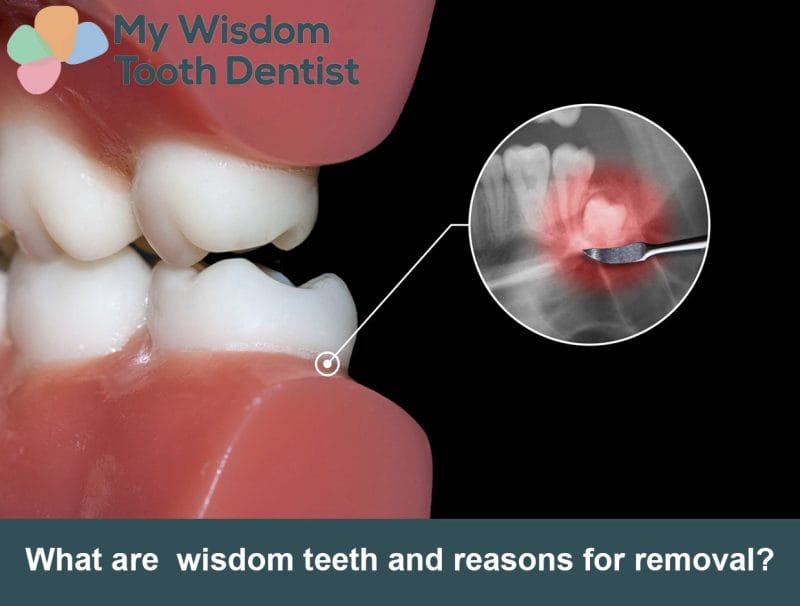
Credit: mywisdomtoothdentist.com.au
When To Consult Your Dentist
After a tooth extraction, it is crucial to know when to consult your dentist. This ensures proper healing and prevents complications. Consulting your dentist at the right time can make a significant difference in your recovery process.
Warning Signs
Pay attention to any unusual symptoms after your tooth extraction. Here are some warning signs that should prompt you to contact your dentist:
- Severe pain that does not improve
- Excessive bleeding
- Swelling that worsens after a few days
- Pus or discharge from the extraction site
- Fever or chills
If you experience any of these symptoms, seek professional advice immediately. These signs could indicate an infection or other complications.
Post-extraction Check-ups
Regular post-extraction check-ups are essential for monitoring your healing process. Your dentist will examine the extraction site to ensure it is healing properly. They may also remove any stitches if necessary.
During these check-ups, your dentist might provide additional care instructions to aid your recovery. These instructions can include:
- When to start eating solid foods
- How to maintain oral hygiene
- What medications to take
Remember, following your dentist’s advice is key to a smooth recovery. Regular visits allow your dentist to catch any issues early and address them promptly.
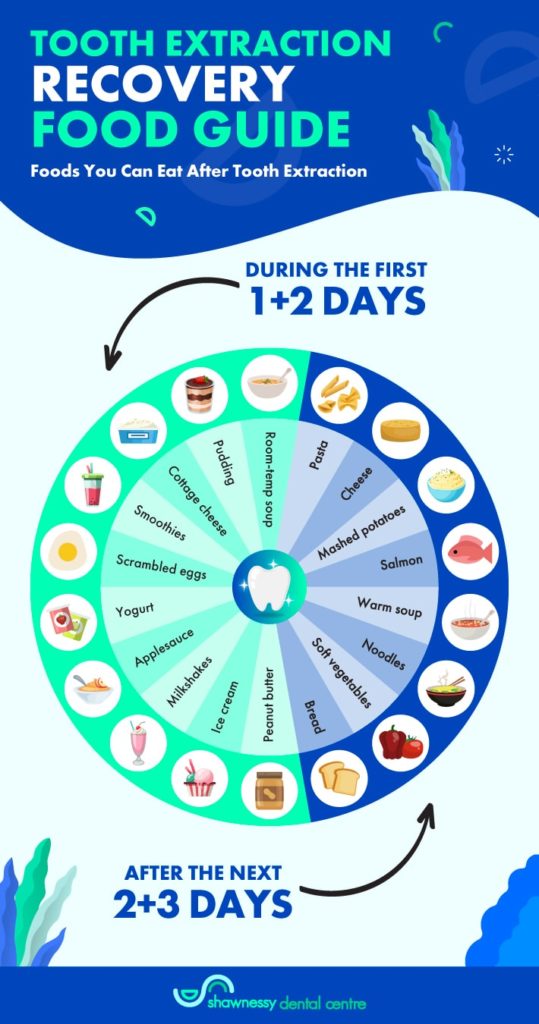
Credit: shawnessydental.com
Frequently Asked Questions
When Can I Start Eating Solid Food After Tooth Extraction?
You can start eating solid food 24 to 48 hours after extraction. Gradually introduce soft foods first. Avoid hard, crunchy, or sticky foods initially.
What Foods Should I Avoid After Tooth Extraction?
Avoid hard, crunchy, and sticky foods. These can disturb the extraction site. Opt for soft foods like yogurt, mashed potatoes, and smoothies.
How Long Should I Follow A Soft Food Diet?
Follow a soft food diet for at least 24 to 48 hours. Consult your dentist if unsure. Gradually reintroduce solid foods as you heal.
Can I Drink Hot Beverages After Tooth Extraction?
Avoid hot beverages for the first 24 hours. Hot drinks can dislodge the clot and delay healing. Opt for lukewarm or cold drinks instead.
Conclusion
Eating solid food after tooth extraction requires patience. Start with soft foods first. Follow your dentist’s advice closely. Gradually introduce firmer foods as you heal. Chew on the opposite side of the extraction site. Avoid hard, spicy, or hot foods initially.
Healing times vary for each person. Listen to your body and avoid rushing the process. Your mouth needs time to recover fully. Proper care ensures a smooth recovery and a return to regular eating habits. Always prioritize your comfort and health during this period.

